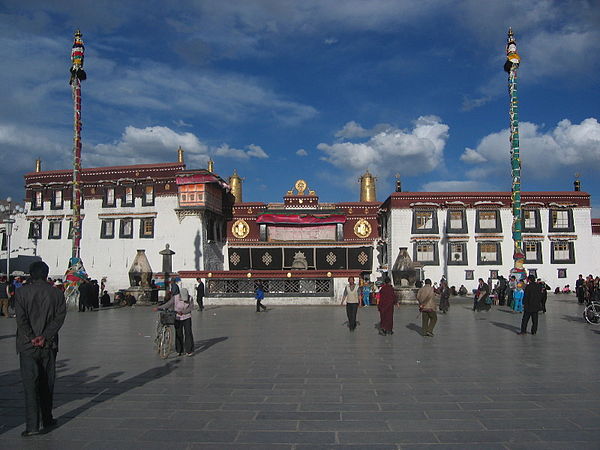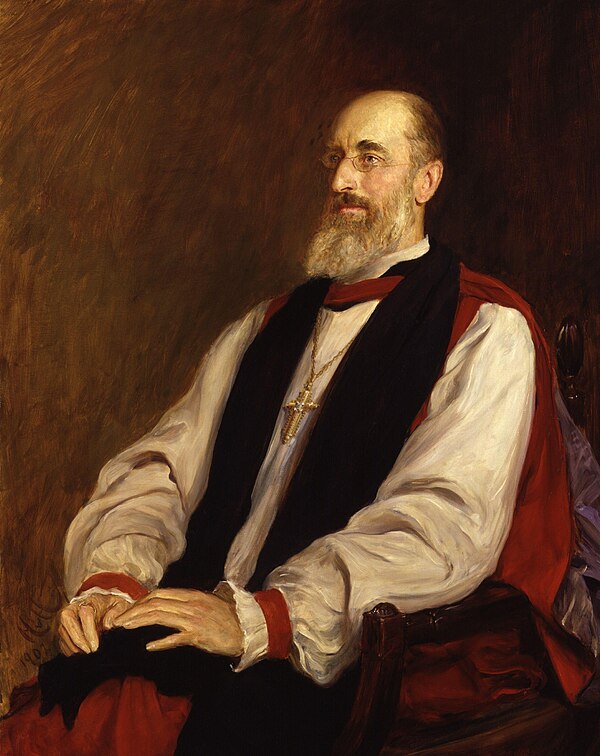20250909
From today's featured article
The Battle of Arkansas Post was fought from January 9 to 11, 1863, along the Arkansas River at Arkansas Post, Arkansas, as part of the Vicksburg campaign of the American Civil War. Major General Ulysses S. Grant of the Union army started to move against Vicksburg in November 1862. He entrusted William T. Sherman with command of the riverine movement towards Vicksburg, rather than John A. McClernand, whom Grant did not trust. Initial advances stalled, and McClernand arrived and took command in early January 1863. On January 10, 1863, Union warships bombarded Arkansas Post. At 1:00 pm on January 11, Union forces again attacked, by land and water. The land attack was repulsed, but the Confederates agreed to surrender. When Grant learned of the operation against Arkansas Post, he disapproved, but he was later convinced of the wisdom of the operation. The siege of Vicksburg ended with a Confederate surrender on July 4, 1863, a key contribution to the eventual Union victory. (Full article...)
Did you know ...
- ... that Centauress and Faun (pictured) puzzled critics for inverting the traditional motif of the centaur carrying away a nymph?
- ... that the cover of the children's novel The Butterfly Club was recreated using 7500 Loom bands, which are included in the novel's plot?
- ... that actress Ashling O'Shea found joining the cast of Hollyoaks "surreal" as she had grown up watching the soap opera?
- ... that Brazilian troops captured more than 3,000 women after the Battle of Tupí-hú?
- ... that problems with the construction of a Florida TV station prevented its owner from building a station in Texas?
- ... that Weezer announced the Indie Rock Road Trip after plans for a Broadway concert residency fell through?
- ... that a scandal saw several sports commentators receiving Sports Emmy Awards statuettes that they were ineligible to receive?
- ... that Bedok Lighthouse is the first fully automated lighthouse in Singapore?
- ... that a Utah college radio station was found not to be educational enough?
In the news
- Italian fashion designer Giorgio Armani (pictured) dies at the age of 91.
- A derailment on the Ascensor da Glória funicular railway in Lisbon, Portugal, kills 16 people.
- President of Guyana Irfaan Ali wins a second term in the general election.
- In Sudan, a landslide destroys the village of Tarasin, killing at least 375 people.
On this day
- 1570 – Ottoman–Venetian War: After a 40-day siege, the Cypriot city of Nicosia fell to the Ottomans, leading to a massacre of more than 20,000 citizens.
- 1739 – The Stono Rebellion, at the time the largest slave rebellion in the Thirteen Colonies of British America, erupted near Charleston, South Carolina.
- 1969 – Allegheny Airlines Flight 853 collided in mid-air with a Piper PA-28 Cherokee flown by a student pilot near Fairland, Indiana, killing all 83 occupants of and destroying both aircraft.
- 2001 – Two al-Qaeda attackers assassinated Ahmad Shah Massoud, a pivotal Afghan resistance leader, two days before the September 11 attacks in the United States.
- 2015 – Elizabeth II (pictured) became the longest-reigning monarch of the United Kingdom, surpassing Queen Victoria.
- Louise Lehzen (d. 1870)
- Colonel Sanders (b. 1890)
- Chaim Topol (b. 1935)
- Neil Davis (d. 1985)
Today's featured picture

The poplar hawkmoth (Laothoe populi) is a moth in the family Sphingidae. It is found throughout the Palearctic region and the Near East and is one of the most common members of the family in the region. The poplar hawkmoth produces one or two broods each year, the spherical, pale green eggs being laid on the underside of leaves. The larva is initially pale green with small yellow tubercles and a cream-coloured tail horn, later developing yellow diagonal stripes on its sides and growing to a length of 65 to 85 millimetres (2.6 to 3.3 in). It has a diet of tree leaves such as poplar, willow and aspen. The adult poplar hawkmoth is seen between May and August and lives for a few weeks as an adult. During this time, it does not feed, instead relying on fat built up during the larval stage. This male adult poplar hawkmoth of the subspecies L. p. populi was photographed in Cumnor Hill in Oxfordshire, England.
Photograph credit: Charles J. Sharp








































































































































